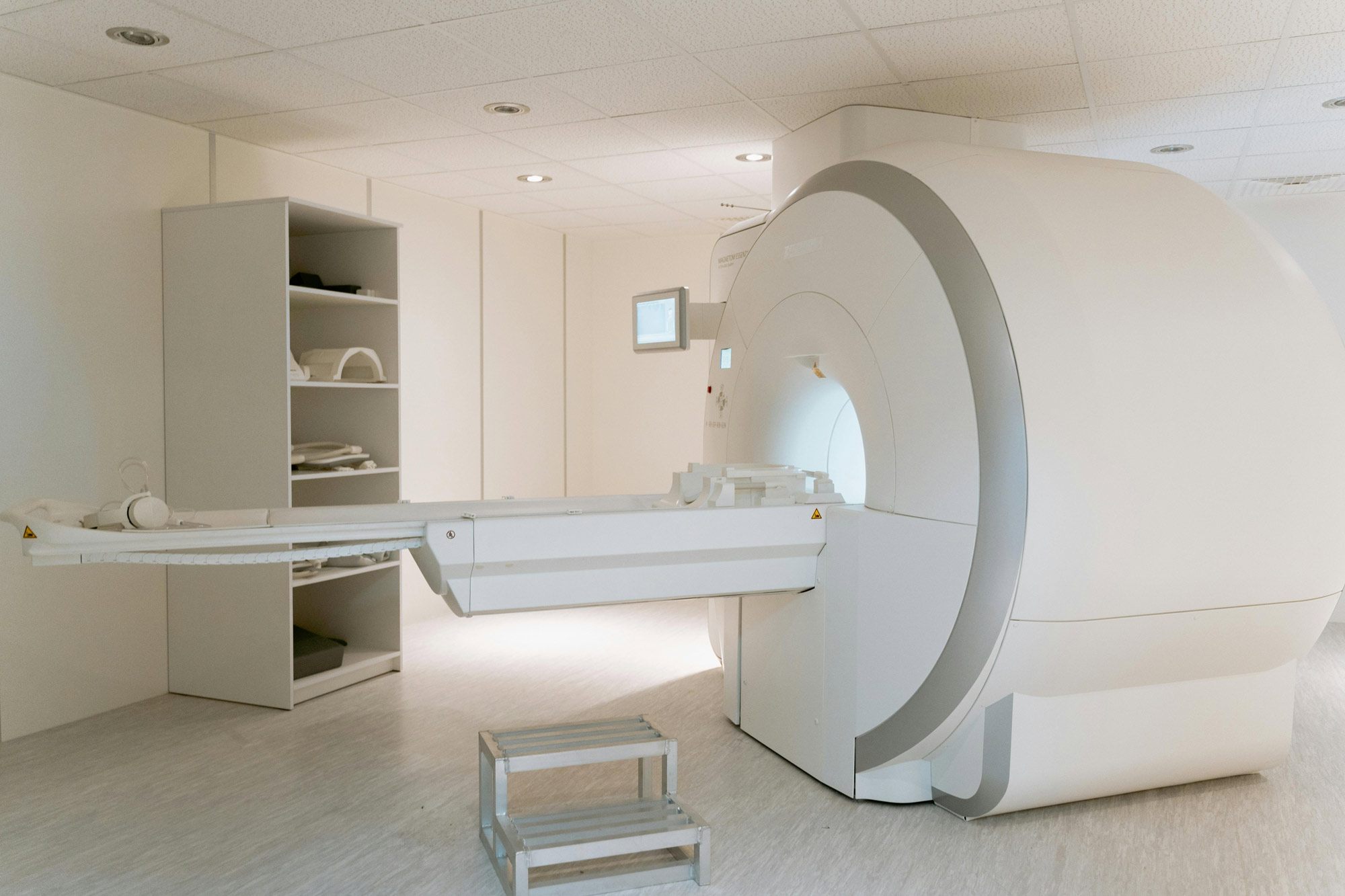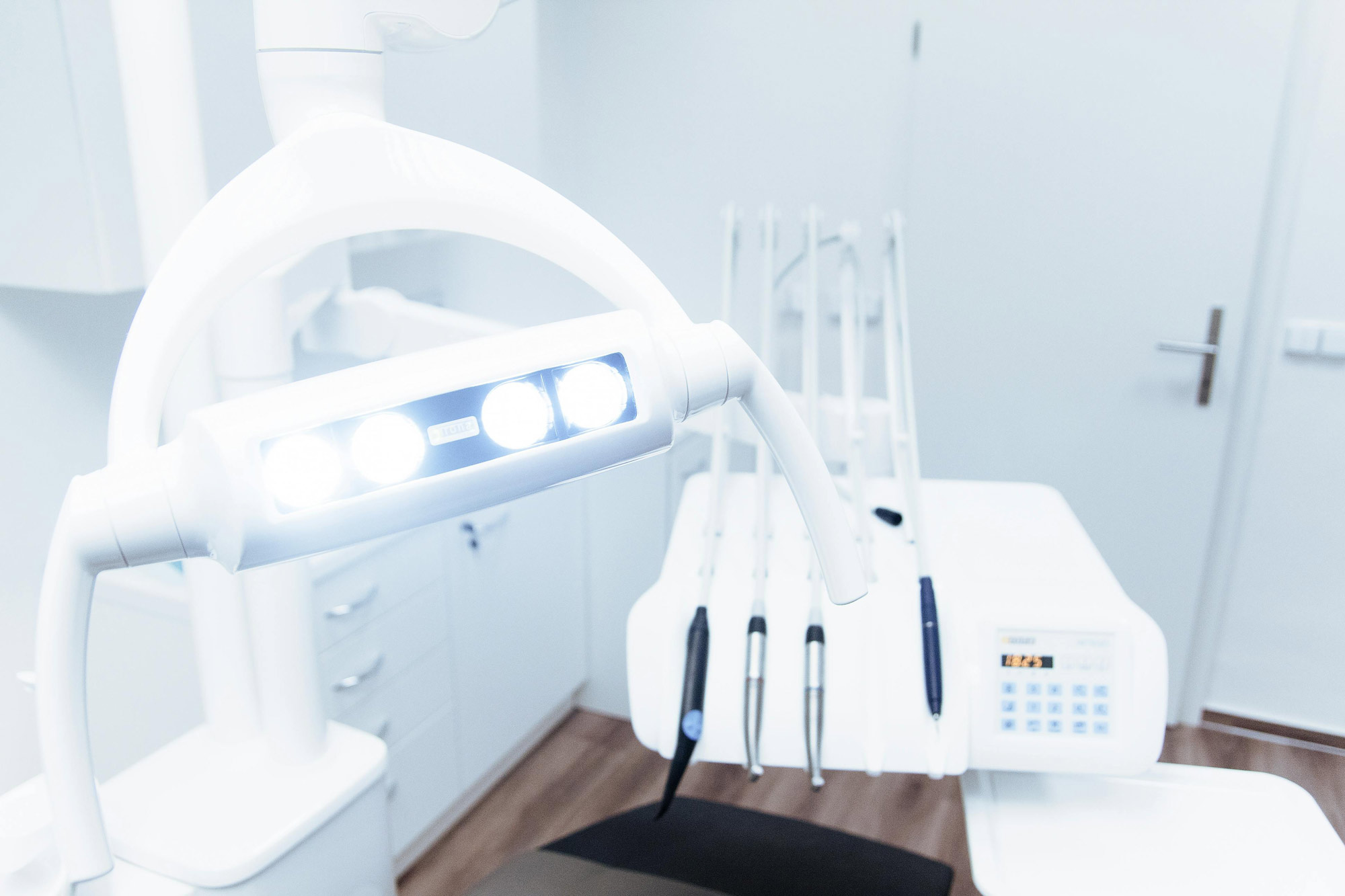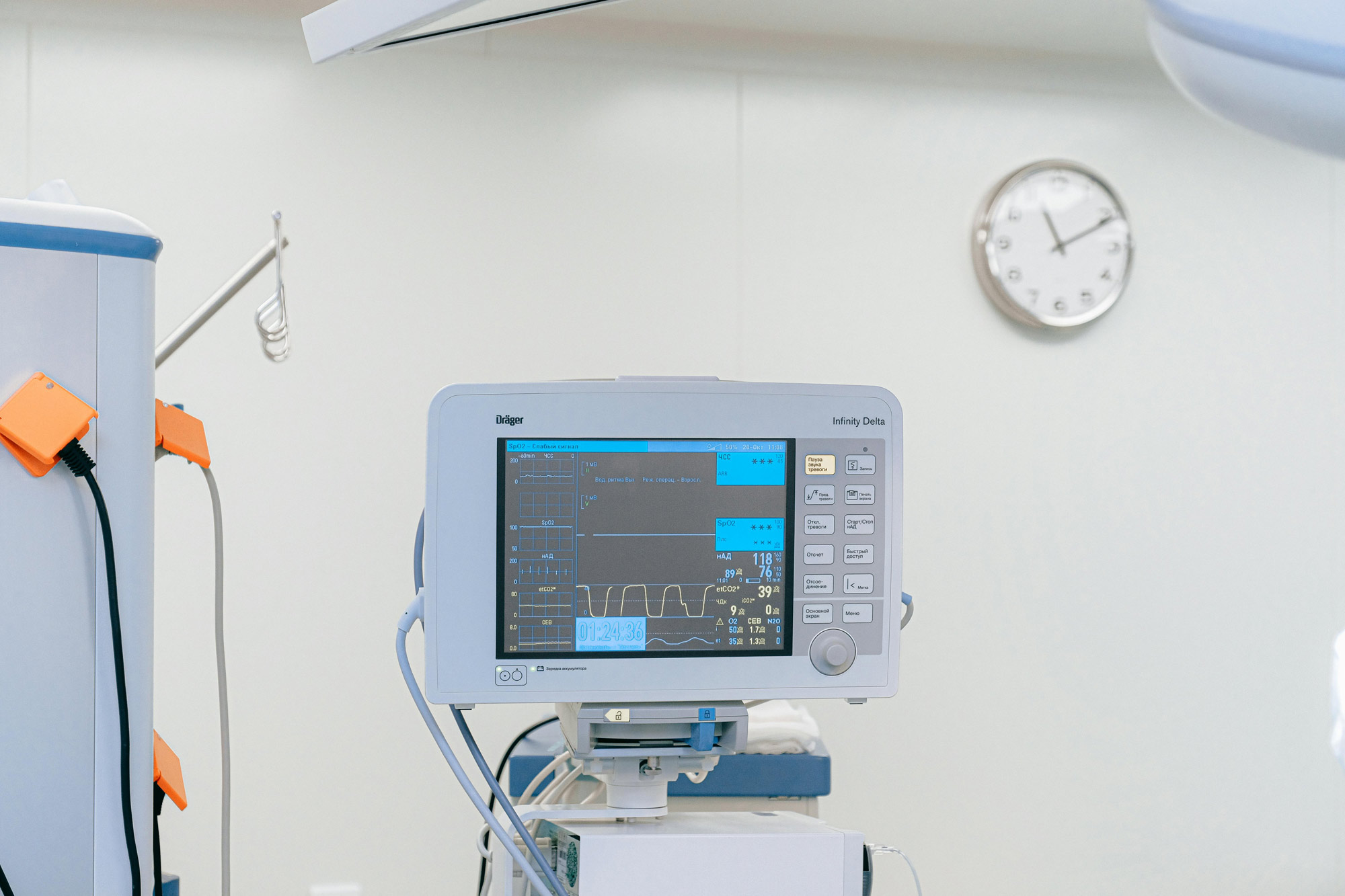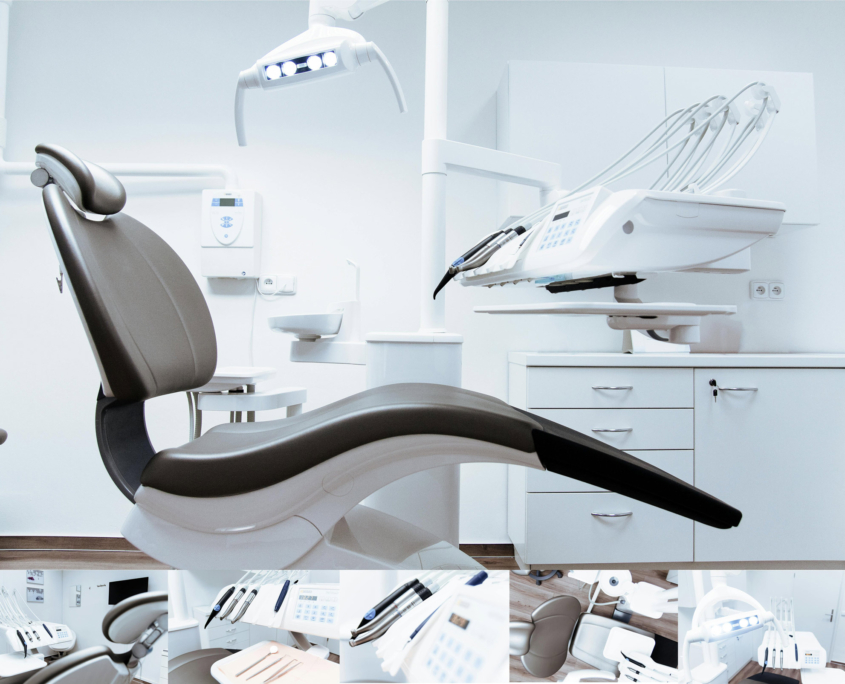Importing Medical Equipment and Supplies
- Categories:
- Importing Goods
Importing Medical Equipment and Supplies: A Critical Yet Complex Process in the Healthcare Sector
Importing medical equipment and supplies is a vital but intricate process in the health industry. In this article from the Jeyzan website, you’ll become familiar with the regulations, documentation, procedures, tariffs, and key considerations involved in importing medical devices. These products form the backbone of any country’s healthcare system.
From diagnostic and laboratory devices to hospital equipment and surgical tools, all play a crucial role in improving public health. Many of these items are not manufactured domestically and must be imported. As a result, the importation of medical equipment has become a sensitive and strategic endeavor.
This article aims to provide a comprehensive overview of the steps, legal requirements, tariffs, and essential tips for importing medical supplies—empowering professionals in the field to act with greater awareness and confidence.
Regulations Governing the Import of Medical Equipment
Importing medical supplies is not possible without complying with strict laws and standards. Several organizations are involved in this process, most notably the Ministry of Health and Medical Education and the General Directorate of Medical Equipment.
Key regulations include:
- Obtaining import permits from the Ministry of Health
- Registering the order in the Integrated Trade System
- Providing valid international certifications such as CE or FDA
- Ensuring product compliance with safety and performance standards approved by the General Directorate of Medical Equipment
These regulations ensure that imported medical devices meet the necessary quality and safety standards for use in healthcare facilities.
Required Documents for Importing Medical Equipment
 Medical Goods Importation
Medical Goods Importation
Required Documents for the Import Process
To carry out the import process, submitting official documents is mandatory. The most important documents include:
- An active commercial card in the field of medical equipment
- Import permit for medical equipment issued by the General Directorate of Medical Equipment
- International certifications such as CE, ISO, or FDA
- Proforma Invoice from the foreign seller
- Shipping documents such as the bill of lading and insurance policy
- Customs clearance documents
Without these documents, clearing medical equipment through customs is virtually impossible.
Steps of Importing Medical Equipment
The process of importing medical equipment involves several critical steps that must be followed carefully:
1. Order Registration In the first step, the trader must register their order in the Integrated Trade System and specify the type of medical equipment.
2. Review and Approval by the Ministry of Health After registration, the Ministry of Health must approve the product in terms of safety and standards.
3. International Transportation Once approved, the goods are shipped from the country of origin. Choosing the method of transportation (air or sea) is crucial at this stage.
4. Customs Clearance By submitting the required documents, the goods are cleared from customs. Payment of tariffs and taxes is mandatory at this stage.
5. Distribution in the Domestic Market Finally, the equipment is distributed to medical centers, hospitals, or authorized sales representatives.
Tariffs and Import Costs for Medical Equipment
 Medical Equipment Importing Company
Medical Equipment Importing Company
Import Tariffs and Costs for Medical Equipment and Supplies
Importing medical equipment and supplies involves various tariffs and expenses. Some of the most significant costs include:
- Customs duties and import tariffs: These vary depending on the type of goods.
- Value-added tax (VAT): Typically amounts to 9% of the product’s value.
- Transportation costs: Includes both international and domestic shipping.
- Customs warehousing fees: Charged in case of delays in clearance.
A clear understanding of applicable tariffs can help reduce final costs and improve profitability.
Challenges in Importing Medical Equipment and Supplies
Importers face several obstacles when bringing medical equipment into the country, including:
- Sudden changes in laws and regulations
- Bureaucratic hurdles in obtaining permits
- Currency fluctuations and rising foreign exchange costs
- Competition from domestic manufacturers
- Difficulty in finding reliable foreign suppliers
Opportunities in Medical Equipment Importation
 Medical Goods Importation
Medical Goods Importation
Opportunities in Medical Equipment Importation
Despite the challenges, importing medical equipment presents significant opportunities:
- Growing demand in the healthcare industry due to population growth and medical needs
- Potential for partnerships with international companies and brands
- Introduction of advanced medical technologies such as digital and smart devices
- Increased investment in healthcare and treatment sectors
Key Considerations for Importers
To succeed in the field of medical equipment and supplies importation, observing several key principles is essential:
- Selecting reputable suppliers with proven track records and international standards
- Conducting thorough market research before placing orders
- Paying special attention to after-sales service and technical support
- Consulting with legal and commercial experts specialized in medical equipment
Strategic Importance of Medical Equipment Importation
Importing medical equipment is one of the most vital processes for meeting the needs of the healthcare system. Despite strict regulations, extensive documentation, and various costs, it remains a valuable opportunity for economic stakeholders.
By complying with regulations, understanding the process, and choosing reliable suppliers, success in this field is achievable. The future of medical equipment and supplies importation is promising, as the healthcare industry continues to grow and evolve.


